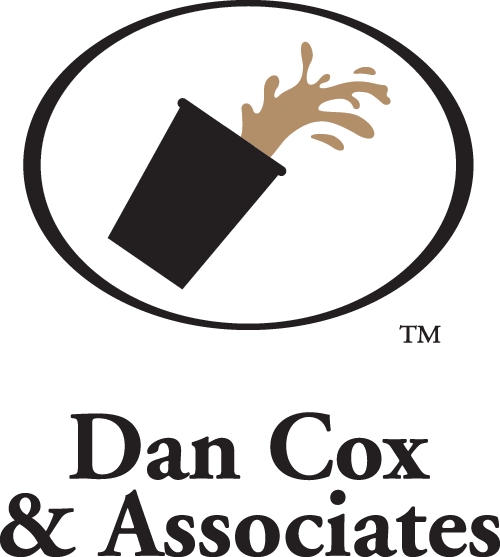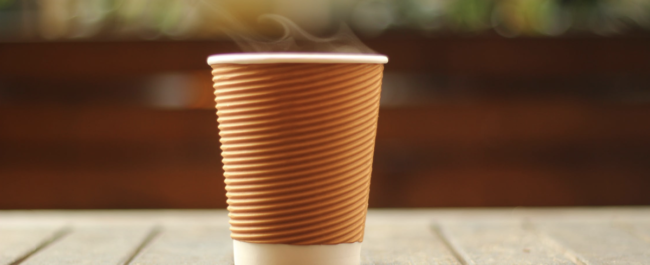Is Your Coffee Too Hot?
Almost all hot beverage burn and spill lawsuits start with the same complaint. That the establishment was serving the coffee at a temperature that was just too hot – and that means it was a defective product. With millions of hot beverages successfully brewed, handled, and consumed every day, would an establishment ever take a risk by serving coffee hotter than it needed to be?
The answer is a clear no! Backed by product research and consumer science, coffee is brewed and served at the temperature needed to produce a high quality cup. At Dan Cox & Associates, our goal is to communicate the science and best practices to brew and serve great tasting hot beverages. By providing education on safely handling hot beverages, we hope to mitigate the risk of burn injury if a beverage is mishandled.
Brewing a cup of coffee is a delicate balance of amounts of coffee and water, extraction time, and grind, but most importantly temperature. The importance of water temperature cannot be overstated. Measurable change above or below the SCAA golden cup standard of 200 F ±5° (93.3 C) can change the very taste of the coffee.
At lot has changed in the last few decades when it comes to the science of a good brew. Sixty years ago, before the popularity of the drip coffee maker, or the invention of the Keurig pod, the preferred method for making coffee was the percolator. This involved bring water to a boil at 212 F (100 C) and letting the water continuously recirculate over the grounds for up to 10 minutes. Research has shown that this process, and at these temperatures, can lead to an over extraction of undesirable compounds leaving the coffee bitter, astringent, and unpleasant. Far from the ideal brew.
Further studies have shown that lower temperatures aren’t the answer to the perfect cup either though. Brewing at lower temperatures, below 195 F (90.5 C), can lead to under extracted coffee. This avoids the unwanted bitter compounds, but also avoids the beneficial compounds that give coffee it’s signature flavor, and possible health benefits. The sweet spot lays right in the middle of these two extremes. The ideal temperature, research shows, is between 195° – 205 F (90.5 – 96.1 C) —not quite boiling, but not too cold. This allows for the coffee to release the delightful compounds that make a truly great cup, without pulling out too much and leaving your morning cup of joe bitter and undrinkable.
Other beverages can be equally as challenging, of course. Most hot tea consumed in the United States is brewed between 190° – 210 F (87.7 -98.8 C), though it may be brewed with boiling water. This all depends on the type of tea. The most popular tea in the United States, black tea, is regularly brewed with near boiling water, around 210 F (98.8 C), to ensure the teas flavor is released from the dried leaves. The United States tend to drink more cold teas, but hot tea still holds 15% of an estimated 13 billion dollar yearly market.
Using best practices for serving hot beverages will help to eliminate spill risk – and therefor the risk of scald, burns, and accidents. But science allows us to see the reasoning behind the temperatures of hot beverages. Food service establishments are always after the best brew possible – a good brew means happy customers – and hot coffee, brewed at 195° – 205 F (90.5 – 96.1 C), is part of the great service we expect from our favorite restaurants and drive thrus.
Want to learn more about the science behind how optimal coffee temperature is determined? Check out Dan Cox’s two books Handling Hot Coffee and Coffee: Too hot to Handle or Mishandled? in our Safety Store.

